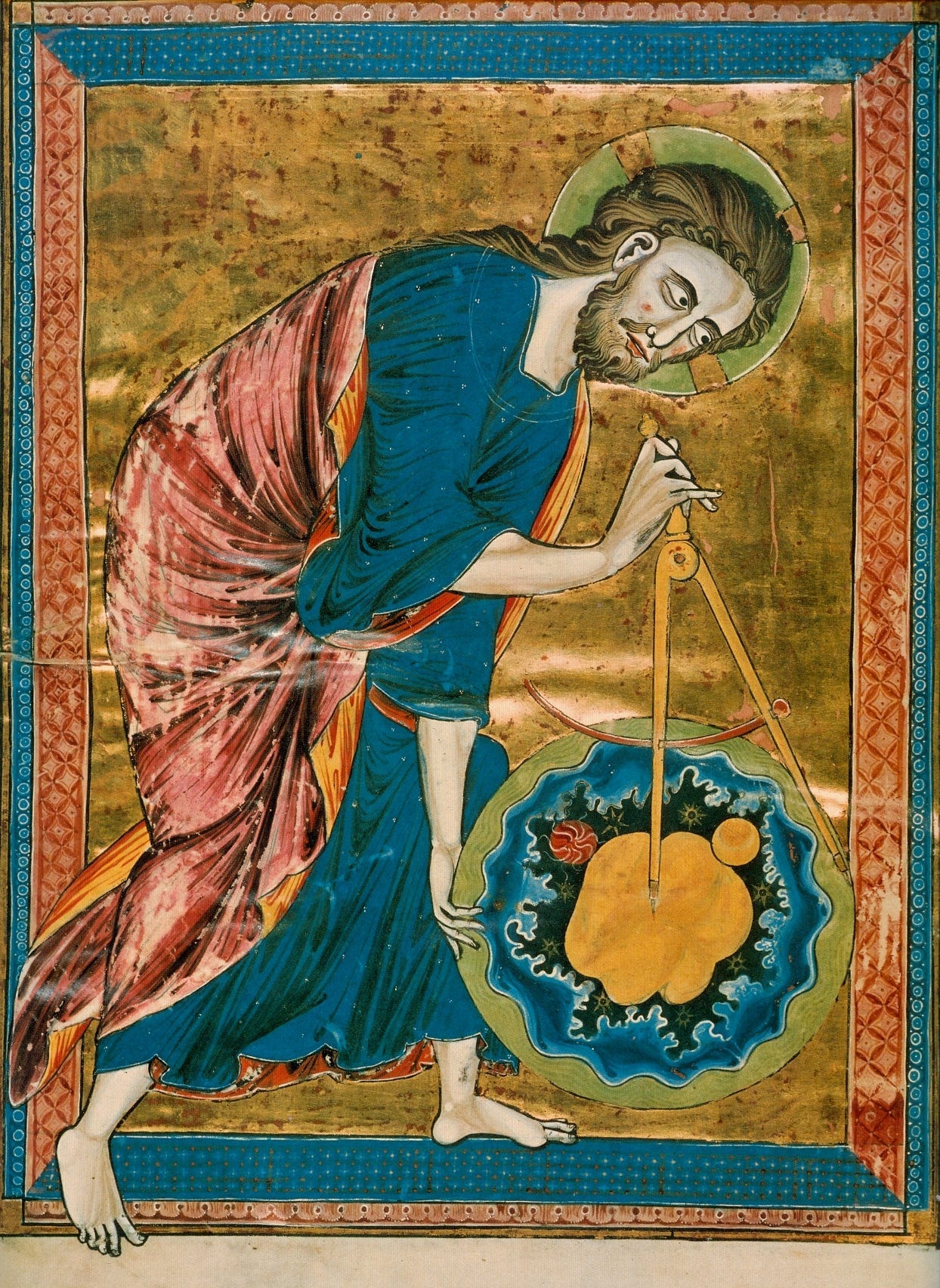The Relativity of Space and Time
Fritjof Capra, “The Tao of Physics: An Exploration of the Parallels Between Modern Physics and Eastern Mysticism” (1975) #9

In this post, we will continue our exploration of Fritjof Capra’s The Tao of Physics: An Exploration of the Parallels Between Modern Physics and Eastern Mysticism (1975).
Click here to read the previous ones: The Tao of Physics.
In this ninth post, we will focus on his discussion of time and space.
The chapter begins by posing a parallel between modern physics and Eastern mysticism: The concepts we use to describe nature are limited creations of the mind. They belong to our “map,” not to the territory itself. As experience widens, the limits of rational concepts appear, urging us to modify or even abandon some of them.
Space and time are key examples. They organize things and events in daily life, in scientific research, and philosophical inquiry. Every physical law involves them. Yet Einstein’s theory of relativity profoundly revised our understanding of both ideas.
In classical Newtonian physics, space and time are treated as absolutes. Space is considered a single, three-dimensional, Euclidean space that is independent of matter. Time is considered a separate, uniformly flowing entity. These were taken as basic features of nature in much of the Western scientific tradition, in continuity with Greek thought where demonstrative geometry shaped philosophy and education.
According to Capra, the ancient Greeks regarded geometric theorems as eternal truths and geometric forms as embodiments of absolute beauty. This gave geometry an almost divine status, captured in the saying, “God is a geometer.”
He adds:
Since geometry was seen as the revelation of God, it was obvious to the Greeks that the heavens should exhibit perfect geometrical shapes. This meant that the heavenly bodies had to move in circles. To present the picture as being even more geometrical they were thought to be fixed to a series of concentric crystalline spheres which moved as a whole, with the Earth at the centre. (p. 162)
Because the Greeks viewed geometry as divine and exact, they imagined the cosmos itself as perfectly geometric. For over two thousand years, Euclidean space was treated as literally true. Nevertheless, Einstein’s theory of relativity finally broke this assumption by showing that geometry is not inherent in nature but rather a conceptual tool of the mind that we can revise to fit empirical observation.


